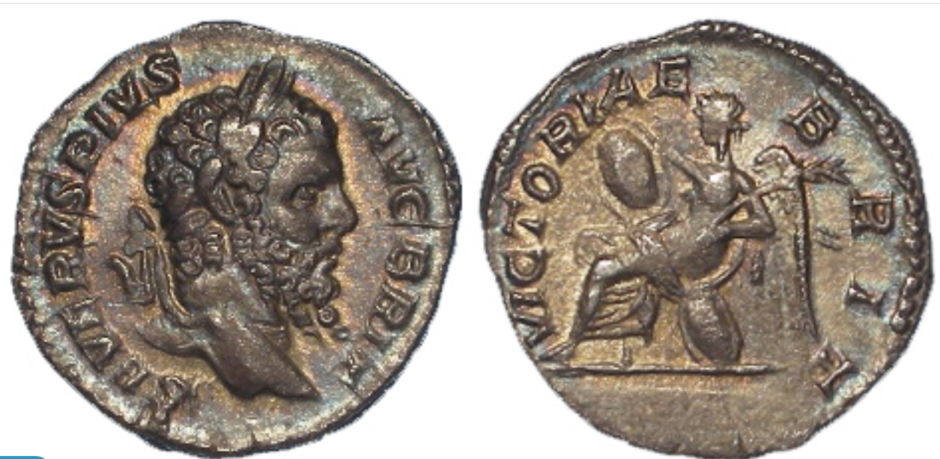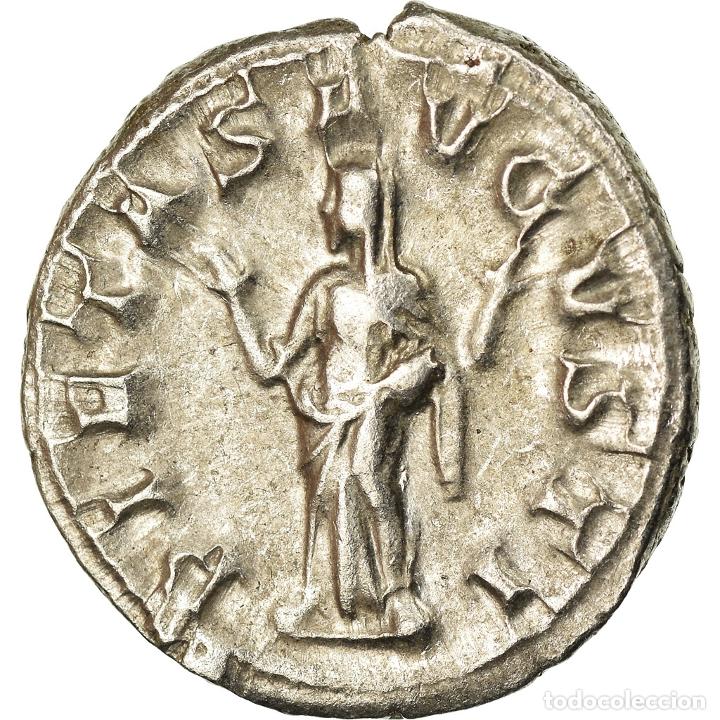
Slight advantage in favour of the denarius. "It followed as a matter of course that the two coins were identified, with a A Dictionary of the Bible: Dealing with Its Language, Literature, and by Andrew Bruce Davidson, James Hastings, Samuel Rolles Driver, John Alexander Selbie, Henry Barclay Swete (1900) (n) denarius In English monetary reckoning, a penny, represented by the abbreviation d., the penny having been originally, like the Roman denarius, the largest silver coin: as, 6s. " denarius of Julius Caesar, commemorating the conquest of Egypt. (n) denarius A Roman weight, the 86th or 94th of a Roman pound. Coins, medals, and seals, ancient and modern: Illustrated and described by William Cowper Prime (1861) The Libella was the tenth part of the denarius. "The Obolus was the sixth part of the denarius, equal to the Attic «$✺8$, as muchĪs id. Romae Antiquae Notitia: Or, The Antiquities of Rome. Lafl met with another Samnite denarius which will. Philosophical Transactions by Royal Society (Great Britain) (1762) 206 AUGUSTUS IN A TRIUMPHAL CAR DRAWN BY ELEPHANTS."Ģ.
#Denarius definition manual
A manual of Roman antiquities by William Wardlaw Ramsay (1863) Lexicographical Neighbors of Denarius denīelow you will find example usage of this term as found in modern and/or classical literature:ġ. ¹Ī Roman silver coin of the value of about fourteen cents the "penny" of the new Testament so called from being worth originally ten of the pieces called as. A small silver coin issued during the Roman Empire, equal to 10 asses. A Roman silver coin of the value of about fourteen cents the "penny" of the New Testament - so called from being worth originally ten of the pieces called as.ġ. by Sailko is licensed under CC BY 2.5Īuthors: Alexander Meddings with contributions and additional edits from TTR.1. But even without its former imperial splendor, the remains of the rostra on the Forum are still a must-see: they played a pivotal role in some of the most important moments in Roman history. Also, one can see the set of stairs of Caesar’s original structure on the western side. However, the recesses into which these oars were inserted are still visible. For millennia, they have been stripped of the very “rostra”-or ships’ rams – which gave them their name. The Rostra Augusti are very much shells of their former selves. Source: Classical Numismatic Group, used by permission of CNG. Unfortunately, he died prematurely the year after this coin was issued. The coin probably commemorates the renewal of Augustus’ friend Agrippa’s appointment as tribune. And only three prows can be seen here, while the “old” rostra counted six. It was struck in 13 BC, after the second rostrum was built by Augustus. It is a pure speculation, but the coin below may depict the second rostrum as it then appeared. Unfortunately, we have no traces of this second rostrum. His victory cleared the way to his absolute power. During this battle, Augustus’s fleet destroyed the forces of Marc Antony and Cleopatra. They came from ships captured during the great naval Battle of Actium. The structure was also decorated with the prows of galleys. In 29 BC Augustus built a second rostrum in front of the Temple of Caesar. He extended the curved platform backwards to form a rectangle.įurther modifications, columns and monuments were added to rostrum under the Flavians, the Severans and fifth-century Tetrarchy. In around 29 BC, Caesar’s heir, Augustus, sworn enemy of the, now late, Mark Antony, modified the structure. It was dedicated by his right-hand man and most ambitious general, Mark Antony. Julius Caesar moved the rostrum of Rome from its original position near the Comitium and Curia to its present site in 44 BC. Note that the rostrum still has its original circular form.

He was instrumental in returning powers to the tribunes, which had been removed by Sulla.

The reverse is likely to be dedicated to moneyer’s father who was tribune in 71 BC. The seat should not be confused with sella curulis, dedicated to curule offices, or the highest ranks in Rome. What is shown on this coin? The reverse of the coin depicts a rostrum and a subsellium – the seat of Tribune. Rostra became symbols of Rome’s glorious past.

A consul, Gaius Maenius, seized the ships of Rome’s enemies, cut off their rams (or prows) – called rostra in Latin – and placed six of them upon the speakers’ podium. They have only been called like this since 338 BC, after the end of the Latin Wars which ravaged Italy. The name “rostra” is more recent than the first construction. Here Romans would give speeches, deliver eulogies, and present emperors (dead or alive) to the crowds. It was rebuilt and enlarged over centuries but remained at the same site. The first Rostrum was constructed in Rome in the 6th century BC. It was the place from which the voice of Rome was heard by its People. Here ordinary Romans found contact with their institutions and leaders. A rostrum was not a mere platform or podium for the talkers, but a true symbol of the Roman state.


 0 kommentar(er)
0 kommentar(er)
